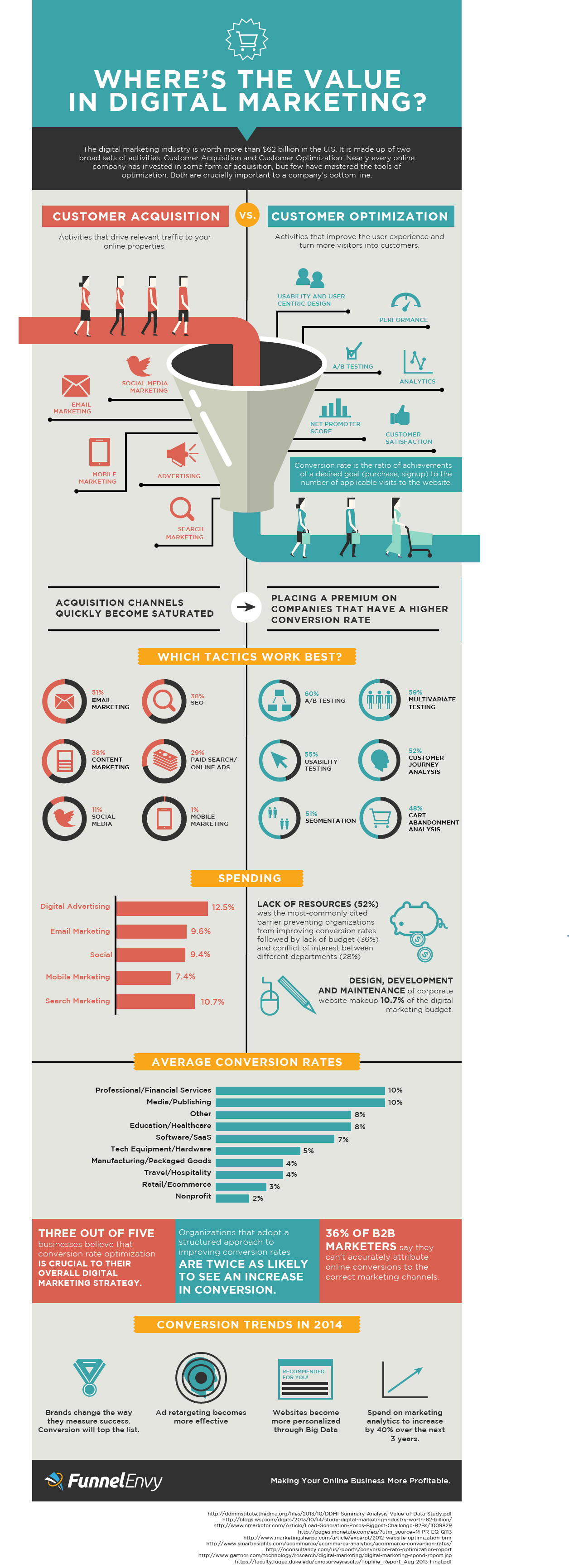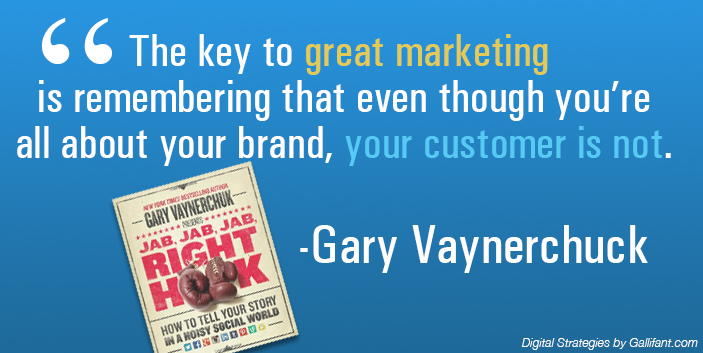The Next Frontier in Digital Marketing: Customer Optimization
by Caleb Gallifant
So you’ve heard of big data, the internet of things (IoT) and other technological advances that are allowing businesses to know more than ever about their customers, but what does this mean for marketing as we know it? Well, if marketing is the effective promotion of a product, brand or service toward a profitable end, digital marketing, then, is a shift in the medium utilized to promote that product, brand or service. And if we combine the shift in medium and the shift in knowledge of our customers, then we’re in the midst of a much larger shift than you may realize. Thus, while we continue to grasp and leverage web-based innovations, social tools and mobile technology for marketing purposes, we cannot neglect the opportunity to maximize our marketing efforts through customer optimization. Funnel Envy’s infographic below provides helpful insight on how we can do just that:


